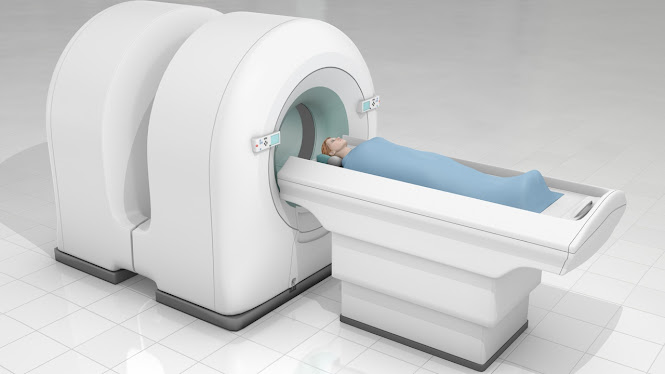Positron Emission Tomography (PET) Scanners; a Medical Imaging Technique Used to Look For Disease in the Body
Positron emission tomography (PET) scanners (an imaging
test) help reveal the biochemical or metabolic function of the body organs and
tissues. PET scan uses tracer (a radioactive drug) to show normal, as well as
abnormal, metabolic activity. Positron emission tomography (PET) scanners are
used in the diagnosis of various diseases, such as Alzheimer’s disease and
cancer. The basic principle of positron emission tomography involves the
detection of a pair of gamma rays emitted indirectly by a radiotracer. PET
scanners can also distinguish between malignant tumors and non-malignant
tumors.
Generally, positron
emission tomography (PET) scanners takes about 40 minutes to complete
the scan and also measure glucose levels in the body. PET scans provides vital
information about tissues and organs, size, shape, and the position. Moreover,
PET scanners help detect the abnormal metabolism of tracers in diseases before
the disease shows up on other imaging tests, such as magnetic resonance imaging
(MRI) and computerized tomography (CT). PET scans or images are combined with
MRI or CT and are called PET-MRI or PET-CT scans. PET scanners detect early
signs of heart disease, cancer, and brain disorders.
According to the National Institutes of Health, the number
of deaths due to cardiovascular disease (CVD) in India is projected to increase
from 2.26 million (1990) to 4.77 million (2020) annually. Moreover, according
to the report from the National Cancer Registry Programme, India (Cancer
Statistics, 2020), about 679,421 men and 712,758 women were likely to have
cancer in India in 2020. Thus, the demand or utilization of positron emission
tomography (PET) scanners has increased worldwide, especially in the Asia
Pacific (APAC).
Positron emission tomography (PET) scanners detect early
signs of heart disease, cancer, and brain disorders. A combination PET-CT
produces 3D images for a more accurate diagnosis. PET scan accurately
determined the outcome of 90% patients, while the combination of all the
conventional images accurately determined the outcome of only 75% of patients.
The PET has revolutionized the way that medical professionals are able to view
many areas of the human body. Positron emission tomography (PET) scanners can
be used as sensitive imaging modality to detect/diagnose various diseases in
the body.




Comments
Post a Comment